Discovering Northern Spain
Marcus Leach and his family explore northern Spain, discovering the mix of coastline and mountains
For as long as people have travelled there has been an on-going debate, one that will continue for many years to come still. The question is simple; France or Spain. I will be the first to admit that I have, until very recently, been a Francophile. However, six weeks touring across northern Spain has opened my eyes to a part of the world that is, in many ways, without equal.
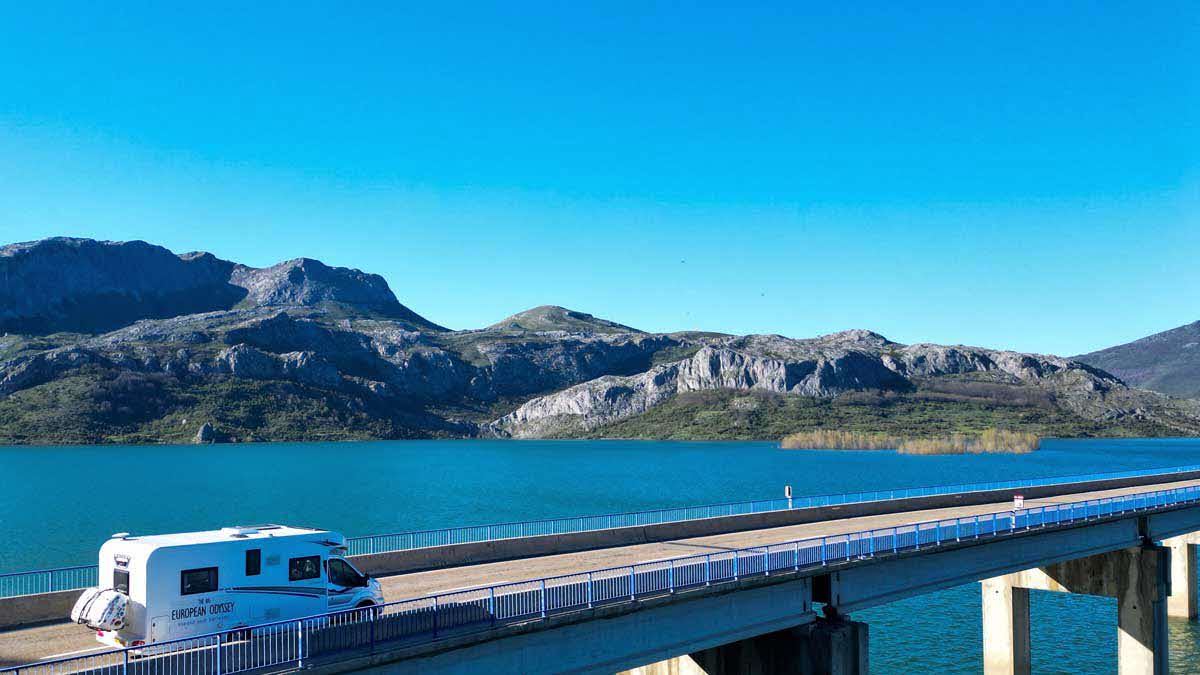
From the raw, rugged landscapes of Cantabria and classy coastal towns of Cataluña through to the exquisite cuisine and culture of Galicia and dizzying diversity of Asturias, northern Spain is teeming with possibilities for adventure. It’s not that I have lost my love for France, as it too has plenty to offer, only now I have a new found love, one which I want to share with as many people as possible. So, if you’re wondering where to head next with your leisure vehicle, look no further than northern Spain.
Getting There
While it is possible to drive down through France, the easiest, and most time efficient, way to reach northern Spain is via ferry. You can book your ferry through the Caravan and Motorhome Club, with the two main routes running from Plymouth and Portsmouth, arriving to either Santander or Bilbao, both of which make excellent starting points for your Spanish adventures.
Sites
The Caravan and Motorhome Club have a wide range of campsites across northern Spain, ranging from the large family-based resorts that have everything you need on-site, through to the smaller family-run options offering the more personal touch. So, no matter what you’re looking for, there’s something for everyone. Here’s our pick of the best.

Run by the affable Herbie and Anita and situated on the ominous sounding Costa da Morte region of the Galician coast (don’t let the name put you off) this homely site is small yet well equipped. Not only will you be made to feel incredibly welcome here, you will also have the perfect base from which to explore a wide range of landscapes and attractions nearby. For nature lovers there’s the route of the lighthouses to showcase the best of a coastline that is named for the high number of shipwrecks, and for culture lovers there’s the unmissable Santiago de Compostela.
Another site run by a husband and wife team, this time Pablo and Maria, and another site that benefits from the personal touch afforded by it not being too big. That said it is superbly equipped with all amenities you would expect, including a great restaurant and a well stocked shop, as well as indoor and outdoor pools, the former being heated, a gym and easy access to the beach. Six kilometres along the coast lies the charming coastal town of Comillas, which is home to an intriguing old town and one of the region’s star attractions; Capricho de Gaudi. Further afield lie the Picos de Europa National Park, a must visit for lovers of the great outdoors.
One of the big draws of northern Spain is, without doubt, the majestic Pyrenees. Straddling the border of France and Spain they span nearly 500km from their union with the Cantabria Mountains to the stunning Cap de Creus National Park, and Peña Montañesa offers the perfect base from which to access the mountains. Open all year and situated a short walk from the majestic medieval town of Ainsa, which is home to some wonderful restaurants, the site has an indoor heated pool and open fire for those visiting in winter, and excellent facilities for those travelling with children of all ages.
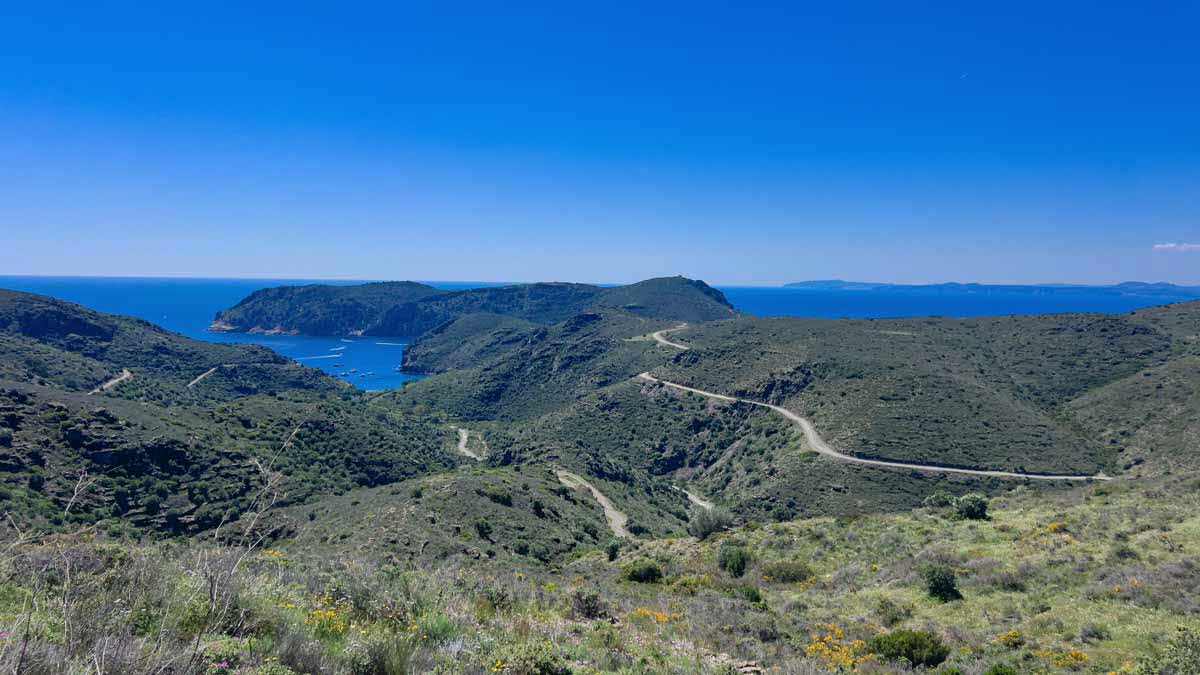
Situated a stone’s throw from the Costa Brava coast this large resort-style campsite is perfect for family-friendly holidays thanks to a wide range of activities and attractions on-site. In addition to a pool complex with various slides, there’s a large park, sports areas, indoor bowling and a year-round children’s entertainment schedule. For those looking for a little culture nearby Figueras is home to the captivating Dali Theatre-Museum, just make sure you pre-book tickets if you plan to visit. Less than an hour away is the intriguing city of Girona, one of the gems of the Cataluña region and a great day out to explore the cobbled streets of its old town.
Sights
Each of the regions that comprise northern Spain are packed full of natural beauty, rich culture, storied histories and world-class cuisine. So, no matter what your interested in, there’s plenty on offer to see and do. Here are a few suggestions across the breadth of the country.
San Andrés de Teixido: Set in a fold of Galicia’s striking A Capelada Mountains, the sleepy hamlet of San Andrés de Teixido is home to one of Spain’s most important pilgrimage points. It is also one of the most beautiful spots along this remote and rugged stretch of coast, the drive to get here as impressive as the end destination itself. Aside from the church, which is the main attraction for most visitors, the few restaurants to be found here serve the area's famed percebes (barnacles). There are several walking trails that showcase the best of the gargantuan cliffs that plummet to the sea below.
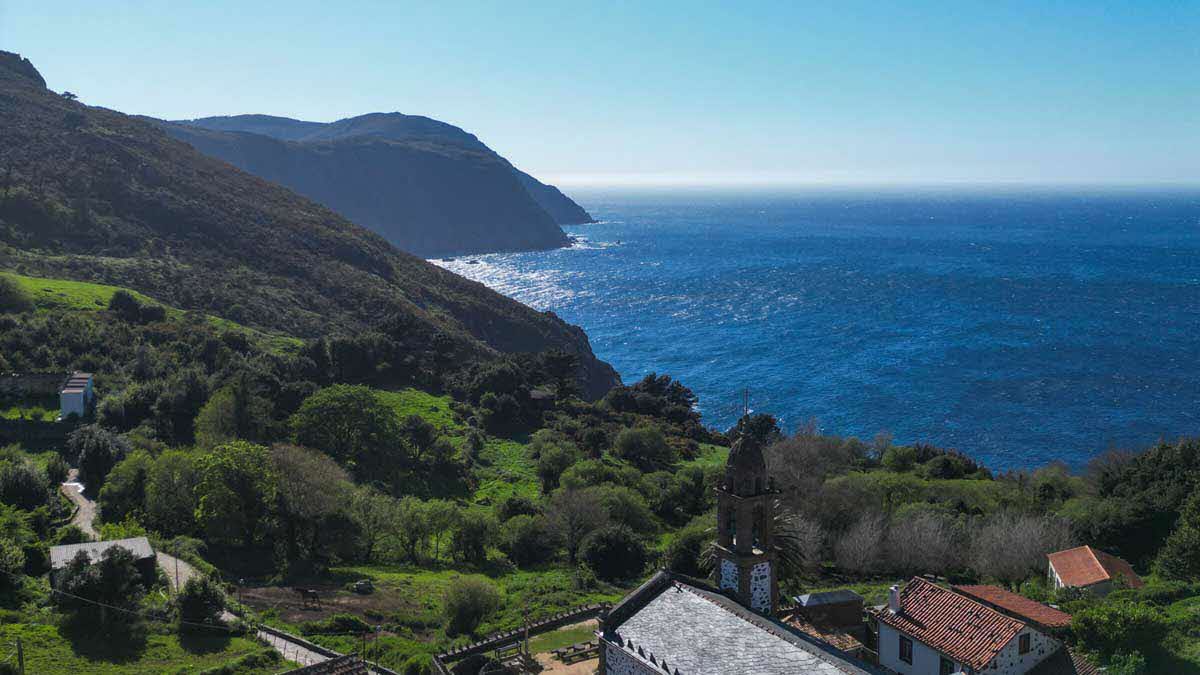
Cap de Creus National Park: The Costa Brava coastline is blessed with some wonderful spots, but none come close to this stunningly beautiful corner of Spain. Mixing sea and mountains with elegant villages it offers something for everyone. A plethora of hiking and cycling trails enable those looking for adventure to submerge themselves in the majesty of the natural landscape, never far from a spectacular view. In Cadaqués you have the perfect coastal town to spend a day enjoying fantastic local cuisine and culture, for it’s here that you will find the house museum of World renowned artist Salvador Dalí.
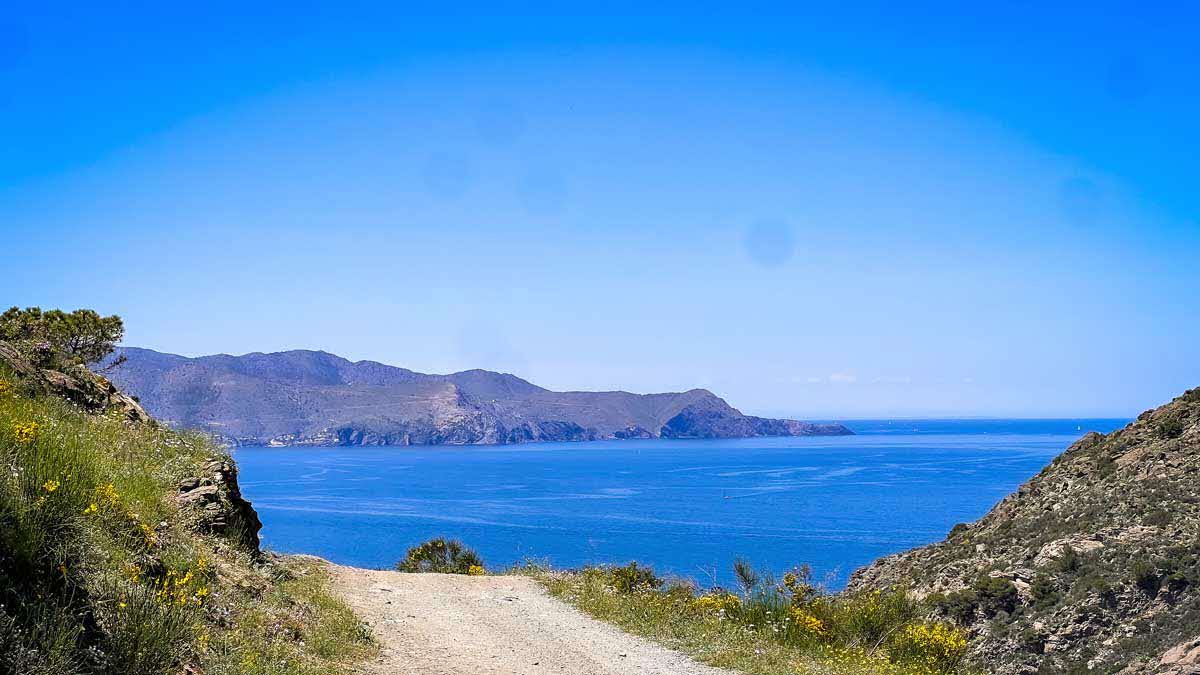
Santiago de Compostela: The end point of one of the world’s most famous pilgrimage routes Santiago de Compostela is more than a final destination for weary walkers. While the cathedral is a focal point for many visitors, with good reason given its splendour and significance I might add, there’s a lot more to the city for those prepared to delve a little deeper. At the heart of the place is a UNESCO World Heritage old town centre, where you will not only find the Mercado de Abastos food market, but a host of local restaurants all servicing the finest Galician cuisine available. Be sure to try the regional speciality, pulpo a feira. Away from the heart of the city lies the Galician Contemporary Art Centre and Cidade da Cultura, both offering an insight into the modern side of life here.
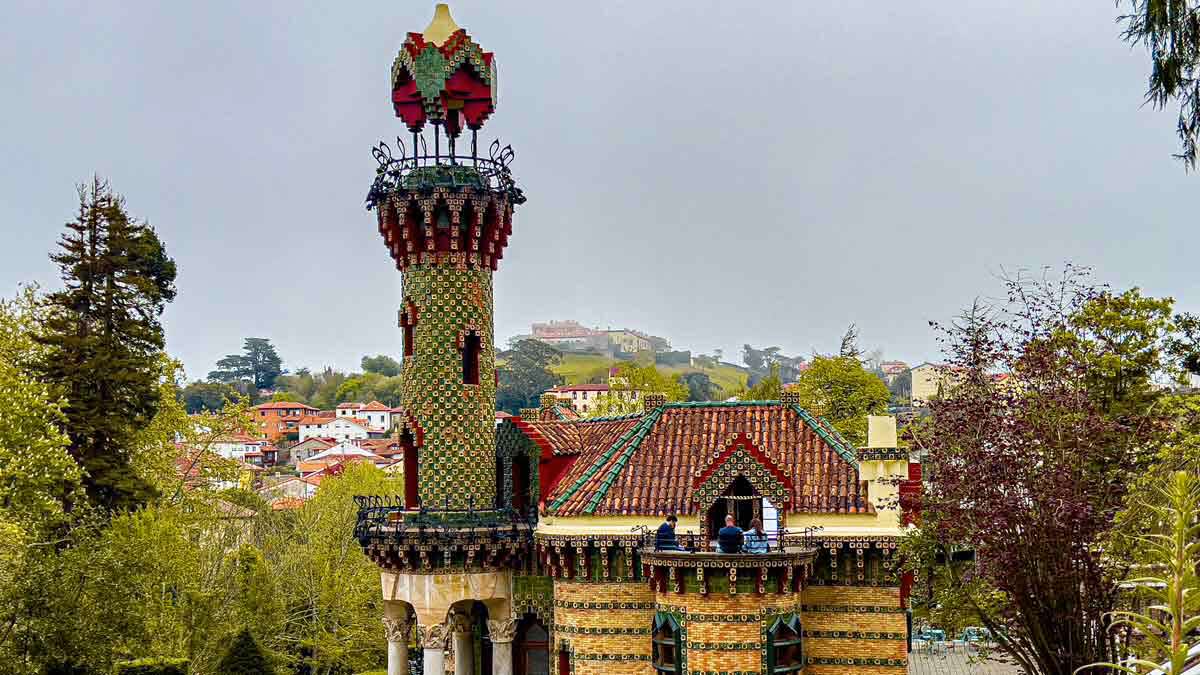
El Capricho de Gaudí: Better known for world-famous works including the Sagrada Familia and Park Güell, Catalan architect and designer Antoni Gaudí also worked on a handful of lesser known projects. One of which, El Capricho de Gaudí, can be found in the coastal town of Comillas. Built between 1883–1885 for the summer use of a wealthy client, Máximo Díaz de Quijano, who sadly died a year before the house was completed, the house showcases Gaudí’s modernist style experimenting with the themes of music and architecture. Striking as a whole, the most intriguing singular element of the final building is the cylindrical tower, decorated entirely with sunflower ceramics.

